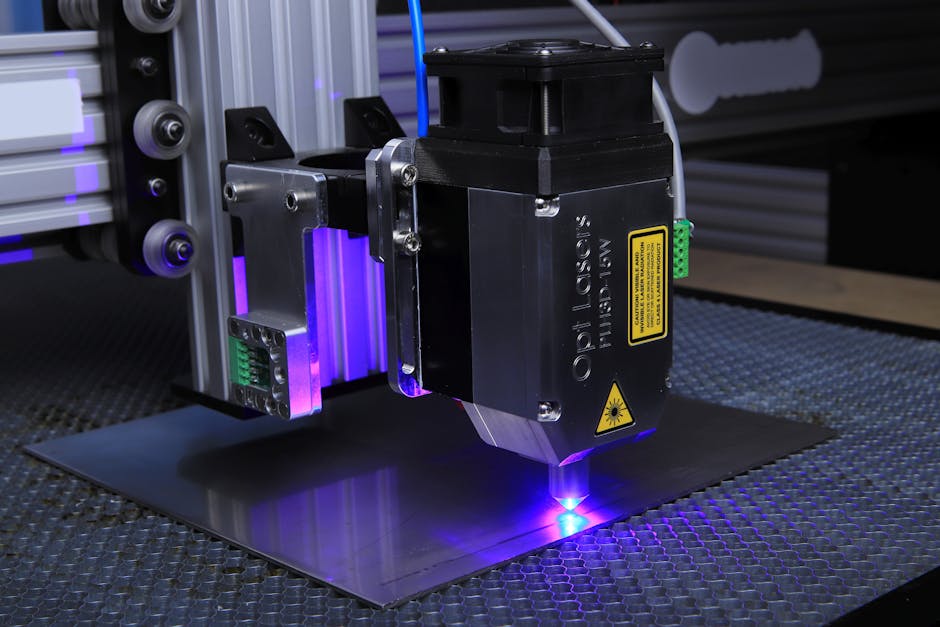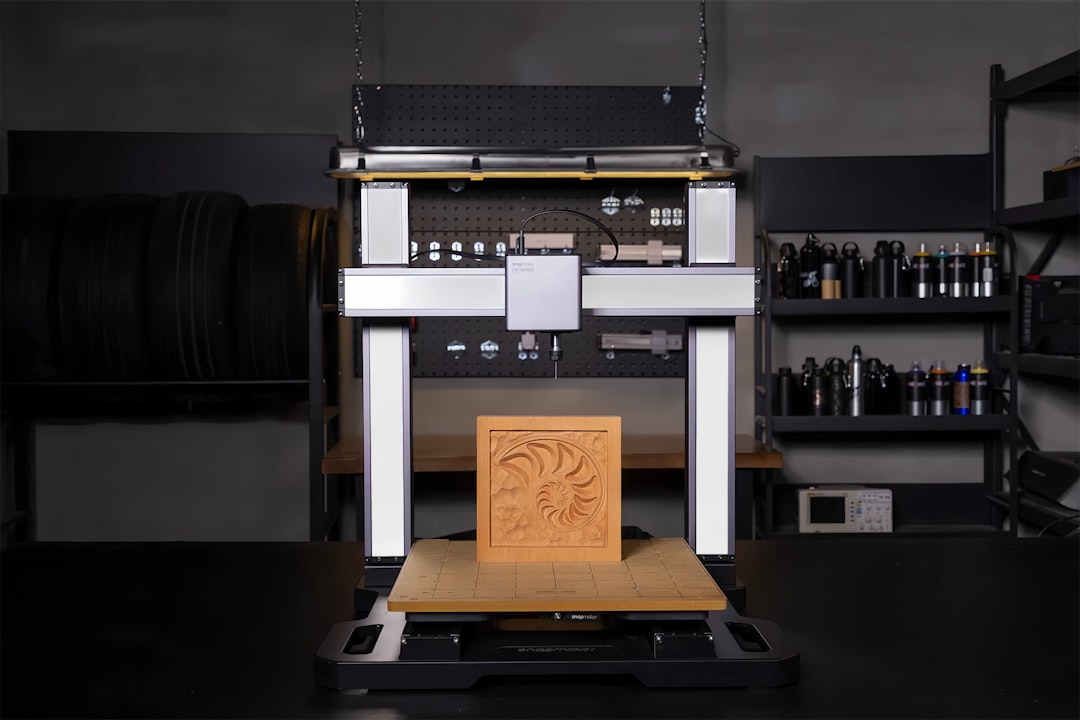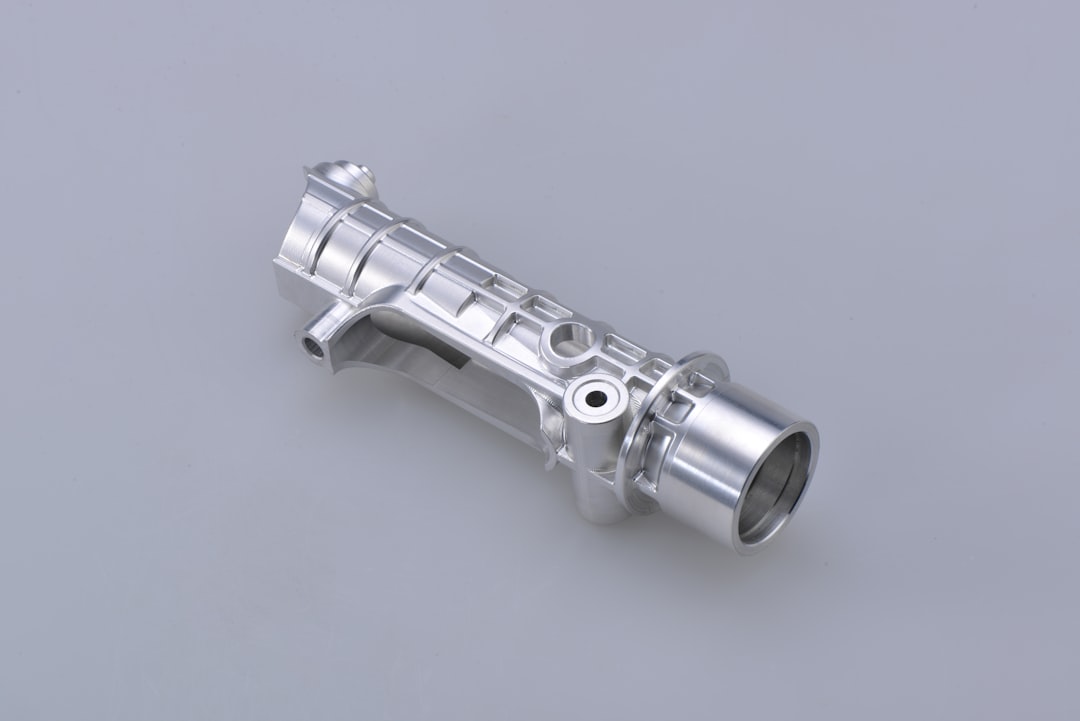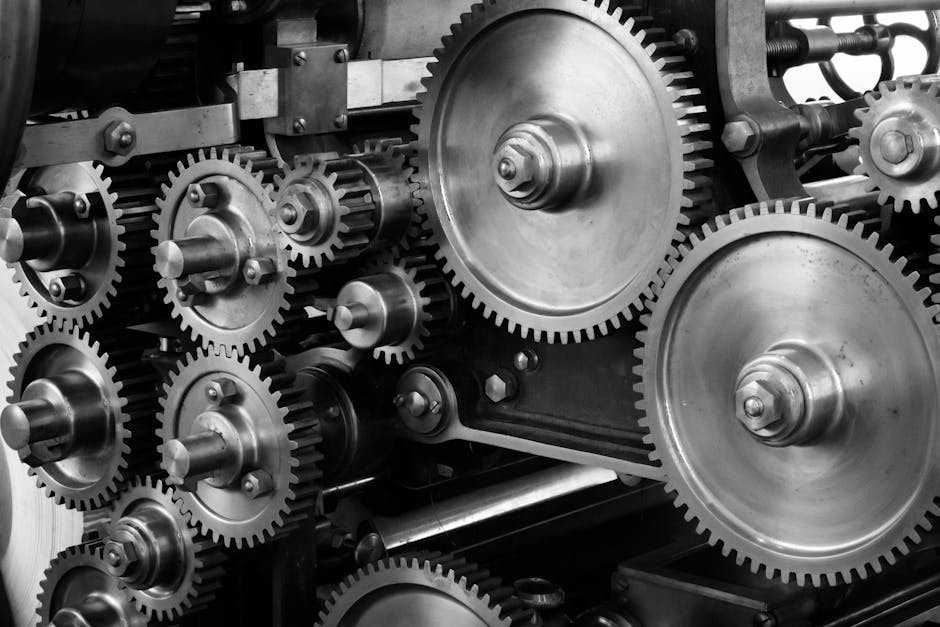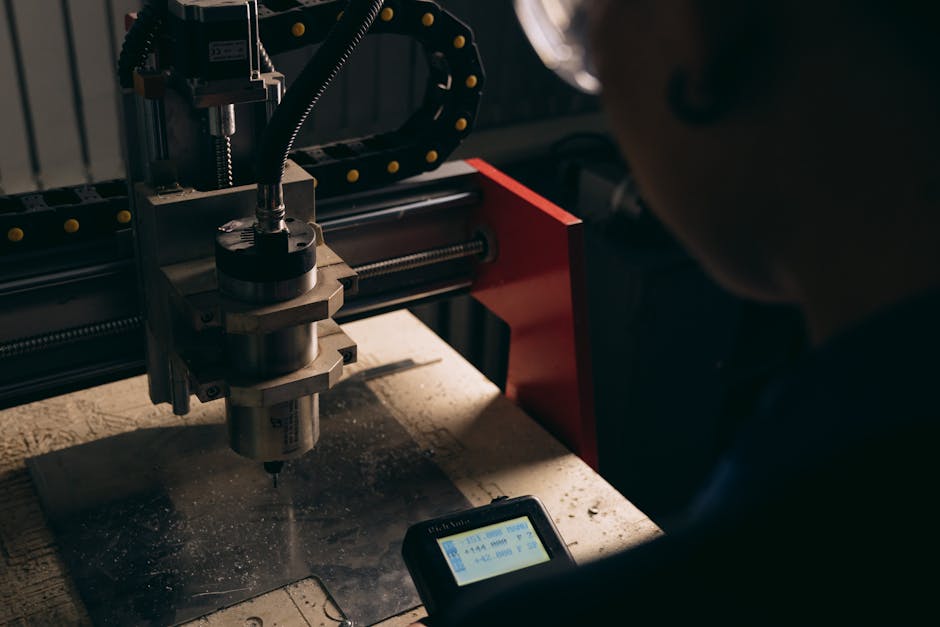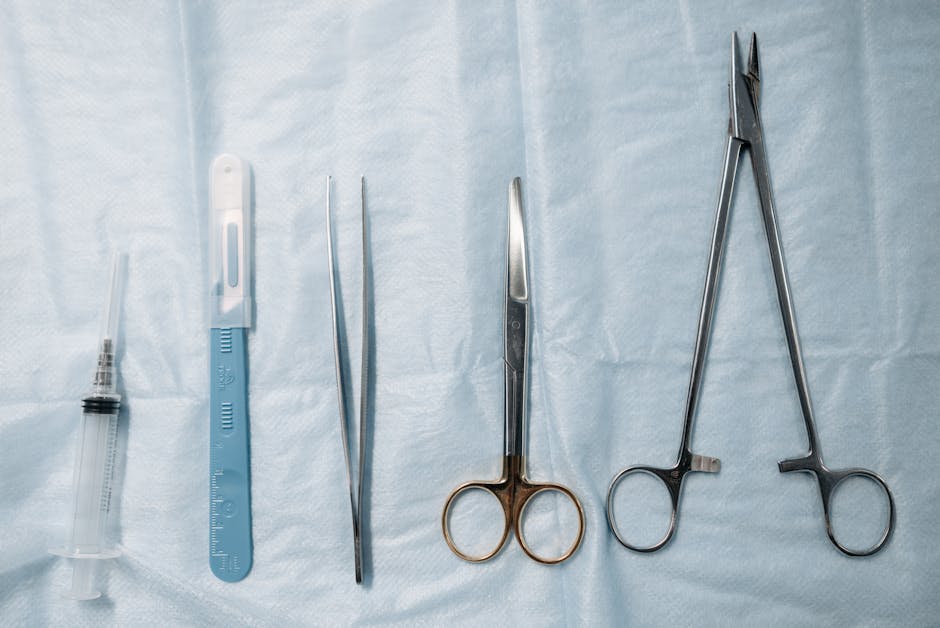Precision and Accuracy in CNC Machining
High precision CNC machining is revolutionizing how industries craft intricate parts and components with best accuracy. At its core, high precision CNC machining is all about tight tolerances and perfect replication. Here’s what you need to know about it:
- Precision Machining: Automates the cutting and shaping process for complex parts with pinpoint accuracy.
- CNC Technology: Uses sophisticated software to control machines, ensuring each cut meets exact specifications.
- Accuracy and Repeatability: Delivers parts that fit perfectly every time, critical for industries like aerospace and automotive.
In the world of industrial manufacturing, precision is paramount. Using computer numerical control (CNC), this technology turns raw materials into precise, reliable parts. For a manufacturing company relying on top-tier components, high precision CNC machining guarantees that machinery runs smoothly and lasts longer.

What is High Precision CNC Machining?
High precision CNC machining is a game-changer in manufacturing. It combines advanced technology with meticulous craftsmanship to produce parts that meet incredibly tight tolerances. Let’s break it down:
-
Precision Machining: This process involves removing material from a workpiece with extreme accuracy. It’s like sculpting, but with machines that can carve out details smaller than a human hair. The goal is to create parts that match exact design specifications every time.
-
CNC Machines: These are the workhorses of precision machining. CNC stands for Computer Numerical Control, which means these machines are driven by computer instructions. They follow a digital blueprint to cut, shape, and finish parts with unparalleled precision. The result? Consistently flawless components.
-
Tight Tolerances: In precision machining, tolerances are the allowable limits for variation in a part’s dimensions. High precision CNC machines can achieve tolerances as tight as ±0.0002 inches (±0.00508 mm). This level of precision is crucial for industries where even the slightest error can lead to failure, such as in aerospace or medical devices.

Imagine a world where every component fits perfectly, every time. That’s the promise of high precision CNC machining. It’s about turning complex designs into reality with a level of accuracy that was once thought impossible. This technology not only improves the quality of manufactured parts but also boosts efficiency by reducing waste and rework.
High precision CNC machining is the backbone of modern manufacturing, ensuring that each part is crafted to perfection. Whether it’s a tiny component in a medical device or a critical part in an aircraft, precision machining makes it possible.
The Role of CNC in High Precision Machining
Computer Numerical Control (CNC) is the heart of high precision machining. It transforms raw materials into precise, complex components with astonishing accuracy. Here’s how it works:
Automation and Precision
CNC systems automate the control of machining tools using programmed instructions. This means machines can operate without constant human oversight, which reduces errors and increases productivity. By following a digital blueprint, CNC machines ensure each cut is exact, making them essential for industries like aerospace and medical, where precision is non-negotiable.
CAD/CAM Software Integration
The journey of a part begins with a Computer-Aided Design (CAD) model. This digital design is translated into a Computer-Aided Manufacturing (CAM) format, which provides CNC machines with precise cutting instructions. This seamless integration between CAD and CAM ensures that the final product is an exact replica of the design, down to the smallest detail.
- CAD Models: These are the blueprints. They define the shape, size, and features of the part.
- CAM Software: This converts the CAD model into a language the CNC machine understands, dictating tool paths, speeds, and other critical parameters.
Benefits of CNC Automation
-
Consistency and Repeatability: Once programmed, CNC machines can produce identical parts repeatedly, ensuring uniformity even in high-volume production. This is crucial for industries where every component must be exactly the same.
-
Complexity and Efficiency: CNC technology allows for the creation of intricate designs that would be impossible manually. Multi-axis CNC machines can operate on several axes simultaneously, reducing setup time and minimizing human error.
-
Cost-Effectiveness: By automating the machining process, CNC reduces labor costs and material waste. This makes it a cost-effective solution for producing high-quality parts at scale.

Real-World Impact
In sectors like aerospace, automotive, and medical, CNC machining has revolutionized the production process. For example, in aerospace, where components must withstand extreme conditions, CNC ensures each part meets stringent standards. Similarly, in the medical field, where precision can affect patient safety, CNC machining delivers reliable and precise components.
In summary, CNC technology is not just about cutting metal; it’s about achieving perfection in every cut. By combining automation with advanced software, CNC machining sets the standard for precision in modern manufacturing.
Industries Relying on High Precision CNC Machining
High precision CNC machining is the backbone of several industries that demand accuracy and reliability. Let’s explore how this technology is crucial in aerospace, automotive, medical, and electronics sectors.
Aerospace
In the aerospace industry, precision is paramount. Every component, from the smallest screw to complex engine parts, must adhere to strict safety and performance standards. High precision CNC machining ensures that parts can withstand extreme conditions, such as high altitudes and temperature variations. Companies like Panek Precision excel in creating components that keep planes and spacecraft safe and reliable.
Automotive
The automotive industry relies heavily on precision machining for parts like gears, engine components, and braking systems. These parts must fit perfectly to ensure vehicle safety and performance. CNC machining allows manufacturers to produce intricate designs with tight tolerances, ensuring durability and optimal functionality. This precision is critical in a sector where even minor defects can lead to significant issues.
Medical
In the medical field, precision can be a matter of life and death. Devices such as implants, surgical instruments, and diagnostic equipment require flawless manufacturing. High precision CNC machining is used to produce components that meet stringent safety regulations. For instance, Swiss screw machining is often employed to create detailed and complex medical devices like bone screws and electrodes, ensuring they perform as intended without fail.
Electronics
The electronics industry demands miniaturization and intricate designs, making precision machining essential. Components like circuit boards, connectors, and housings require precise dimensions to function correctly. CNC machining provides the accuracy needed to produce these parts, enabling the creation of advanced electronic devices like smartphones and computers. The ability to produce consistent, high-quality components is vital in an industry where even the smallest error can lead to device failure.
In these industries, high precision CNC machining is not just a choice—it’s a necessity. It ensures that every part, no matter how small, meets the highest standards of quality and performance. This technology continues to drive innovation, enabling the production of complex and reliable components that shape the future of these critical sectors.
Advantages of High Precision CNC Machining
High precision CNC machining offers several compelling advantages that make it a preferred choice for industries needing accuracy and reliability. Let’s explore the key benefits: best accuracy, cost efficiency, and adaptability.
Best Accuracy
When it comes to precision, CNC machines are best. They operate with tight tolerances, often within ±0.0002 inches. This level of precision is crucial in industries where even the smallest deviation can lead to significant issues, such as aerospace and medical devices. For example, Swiss lathes can achieve tolerances within ±0.0001 inches, making them ideal for producing intricate parts like medical electrodes or aerospace components.
Cost Efficiency
Despite the high level of precision, CNC machining is surprisingly cost-effective. Once a machine is programmed, it can produce parts continuously with minimal supervision. This reduces labor costs and speeds up production times. Additionally, the repeatability of CNC machining means less material waste, further lowering production costs. Whether you need 10 or 10,000 parts, each will be virtually identical, ensuring consistent quality without additional expenses.
Adaptability
CNC machines are incredibly adaptable. Changing a production setup is as simple as loading a new program. This flexibility allows manufacturers to switch between different part designs quickly and efficiently. Moreover, CNC machines can handle a wide range of materials, including aluminum, stainless steel, titanium, and plastics. This versatility makes them suitable for various applications, from automotive components to electronic devices.
In summary, high precision CNC machining combines best-in-class accuracy, cost efficiency, and adaptability. These advantages make it an indispensable tool in modern manufacturing, driving innovation and ensuring the highest quality in every cut.
Frequently Asked Questions about High Precision CNC Machining
What is the most precise CNC?
When it comes to high precision CNC machining, TMC Technologies is often at the forefront. Known for achieving tolerances less than 2 microns, TMC’s machines are ideal for industries where precision is non-negotiable. These machines are designed to handle micro-precision tasks, making them a favorite in sectors like aerospace and medical devices. Their ability to maintain such tight tolerances ensures that the parts produced are nearly identical to their digital designs, minimizing errors and maximizing reliability.
How precise can CNC machines be?
Precision is the hallmark of CNC machining. Industrial CNC machines can achieve tolerances as tight as 0.01 mm. This level of accuracy is essential for applications requiring exact specifications, such as in electronics and automotive industries. The precision of these machines depends on several factors, including the type of machine, the material being machined, and the quality of the cutting tools. Advanced machines, like 5-axis CNC mills, offer even higher precision through complex movements and angles, making them suitable for producing intricate and detailed parts.
What materials are used in precision CNC machining?
High precision CNC machining is versatile in terms of materials it can work with. Commonly used materials include:
-
Aluminum: Known for its lightweight and corrosion-resistant properties, aluminum is widely used in automotive and aerospace industries.
-
Stainless Steel: Offers high strength and resistance to rust and corrosion, making it a preferred choice for medical devices and food processing equipment.
-
Titanium: Valued for its strength-to-weight ratio and biocompatibility, titanium is often used in medical implants and aerospace applications.
-
Brass: Known for its machinability and electrical conductivity, brass is frequently used in electronics and plumbing components.
-
Plastics: Materials like ABS, Polycarbonate, and Nylon are used for parts that require lightweight and non-conductive properties, such as in consumer electronics.
Each material brings unique properties that make it suitable for specific applications, ensuring that the final product meets the required standards of performance and durability.
Conclusion
At TMC Technologies, we pride ourselves on delivering high-quality CNC components that meet the rigorous demands of various industries. Our expertise in high precision CNC machining allows us to create parts that are not only precise but also reliable and durable.
Located in Carroll, Iowa, our advanced facilities are equipped with state-of-the-art CNC machines capable of handling both small and large production runs. This flexibility ensures that we can meet your needs, whether you require a few prototype pieces or thousands of components for mass production.
Our commitment to quality extends beyond just producing parts. We offer custom applications custom to your specific requirements. Whether you’re in the aerospace, automotive, or medical field, our team can design and fabricate tools that improve your machining efficiency and accuracy. By leveraging our capabilities, you ensure that every component we produce aligns perfectly with your specifications and industry standards.
Choosing TMC Technologies means partnering with a company dedicated to pushing the boundaries of precision machining. We invite you to explore our Micro Machining Center to see how we can help you achieve unparalleled success in your projects. With TMC Technologies, you’re not just getting parts; you’re getting a commitment to excellence and innovation.
